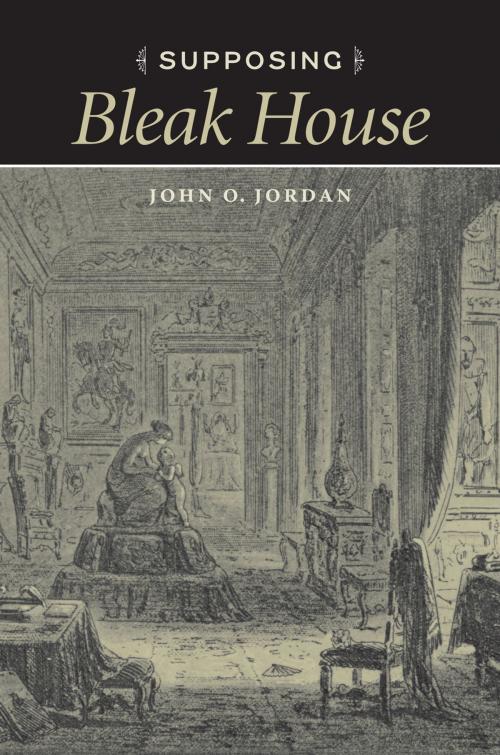| Author: | John O. Jordan | ISBN: | 9780813930923 |
| Publisher: | University of Virginia Press | Publication: | February 23, 2011 |
| Imprint: | University of Virginia Press | Language: | English |
| Author: | John O. Jordan |
| ISBN: | 9780813930923 |
| Publisher: | University of Virginia Press |
| Publication: | February 23, 2011 |
| Imprint: | University of Virginia Press |
| Language: | English |
Supposing "Bleak House" is an extended meditation on what many consider to be Dickens’s and nineteenth-century England’s greatest work of narrative fiction. Focusing on the novel’s retrospective narrator, whom he identifies as Esther Woodcourt in order to distinguish her from her younger, unmarried self, John Jordan offers provocative new readings of the novel’s narrative structure, its illustrations, its multiple and indeterminate endings, the role of its famous detective, Inspector Bucket, its many ghosts, and its relation to key events in Dickens’s life during the years 1850 to 1853.
Jordan draws on insights from narratology and psychoanalysis in order to explore multiple dimensions of Esther’s complex subjectivity and fractured narrative voice. His conclusion considers Bleak House as a national allegory, situating it in the context of the troubled decade of the 1840s and in relation to Dickens’s seldom-studied A Child’s History of England (written during the same years as his great novel) and to Jacques Derrida’s Specters of Marx. Supposing "Bleak House" claims Dickens as a powerful investigator of the unconscious mind and as a "popular" novelist deeply committed to social justice and a politics of inclusiveness.
Victorian Literature and Culture Series
Supposing "Bleak House" is an extended meditation on what many consider to be Dickens’s and nineteenth-century England’s greatest work of narrative fiction. Focusing on the novel’s retrospective narrator, whom he identifies as Esther Woodcourt in order to distinguish her from her younger, unmarried self, John Jordan offers provocative new readings of the novel’s narrative structure, its illustrations, its multiple and indeterminate endings, the role of its famous detective, Inspector Bucket, its many ghosts, and its relation to key events in Dickens’s life during the years 1850 to 1853.
Jordan draws on insights from narratology and psychoanalysis in order to explore multiple dimensions of Esther’s complex subjectivity and fractured narrative voice. His conclusion considers Bleak House as a national allegory, situating it in the context of the troubled decade of the 1840s and in relation to Dickens’s seldom-studied A Child’s History of England (written during the same years as his great novel) and to Jacques Derrida’s Specters of Marx. Supposing "Bleak House" claims Dickens as a powerful investigator of the unconscious mind and as a "popular" novelist deeply committed to social justice and a politics of inclusiveness.
Victorian Literature and Culture Series















